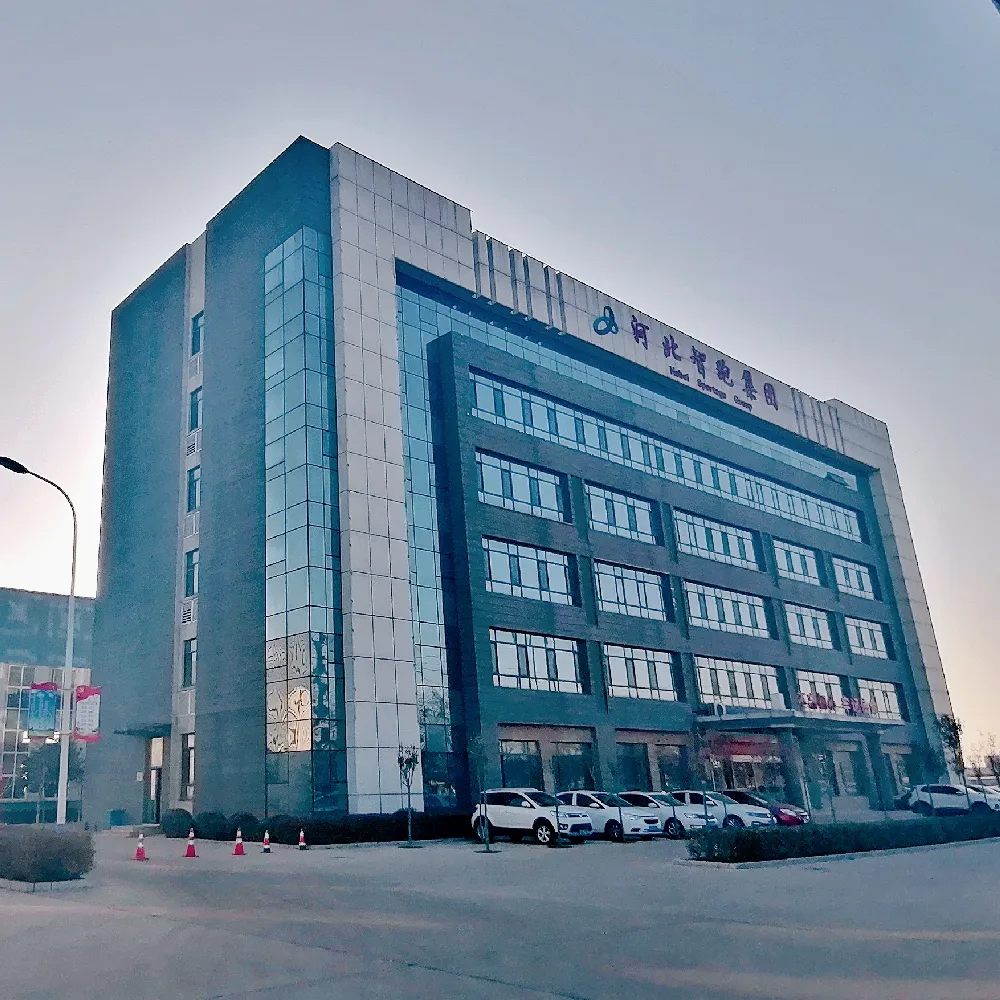- Albanian
- Arabic
- Belarusian
- Bengali
- Czech
- English
- French
- German
- Hebrew
- Hungarian
- Indonesian
- irish
- Italian
- Japanese
- kazakh
- Persian
- Russian
- Thai
- Uzbek
- Vietnamese
Exploring the Thrilling World of Roller Coasters and Their Heart-Pounding Excitement
The Thrills of a Roller Coaster Ride
Roller coasters have been a staple of amusement parks around the world, drawing thrill-seekers and families alike for over a century. These exhilarating rides have transformed the landscape of entertainment, offering an experience that combines speed, height, and unexpected twists and turns. The thrill of a roller coaster ride goes beyond mere enjoyment; it taps into our psychology, triggering adrenaline and creating unforgettable memories.
The engineering marvel of a roller coaster is one of its most impressive aspects. Roller coasters vary in design, from traditional wooden structures that creak with every twist to sleek, modern steel tracks that glide silently through the air. The physics behind these rides is fascinating gravity, momentum, and acceleration all play critical roles in crafting the ultimate thrill. As the coaster climbs to its peak, riders experience what is known as “anticipation.” This moment of suspense is often tinged with both excitement and fear, creating a unique emotional cocktail that many enthusiasts crave.
Once the coaster reaches its highest point, the real adventure begins. The sudden plunge sends riders into a whirlwind of sensations the rush of wind against their faces, the stomach-dropping sensation of free fall, and the exhilarating twists and loops that seem to defy gravity. Each element of the ride is meticulously designed to maximize thrill while ensuring safety. Modern roller coasters are equipped with cutting-edge technology, from onboard cameras that capture the ride to sensors that monitor structural integrity. This dual focus on excitement and safety allows riders to let go of their fears and immerse themselves in the experience.
a roller coaster

What truly sets roller coasters apart is their ability to evoke a wide range of emotions. Many riders experience a surge of adrenaline, leading to heightened awareness and elation, often described as a “natural high.” It’s a feeling that can be addictive; many thrill-seekers look for the next big coaster to conquer. The shared experience of a roller coaster ride also fosters a sense of camaraderie among riders, whether they are friends or strangers. The collective screams, laughter, and gasps create a communal environment that amplifies the enjoyment.
Roller coasters have also evolved in terms of themes and storytelling. Modern amusement parks often integrate narratives into rides, creating an immersive experience that captivates not just the body, but the imagination. From space adventures to mystical journeys through enchanted forests, the fusion of storytelling and thrill adds a new layer of excitement. Riders not only experience the physical thrills but also engage with the rich lore surrounding the ride, deepening their emotional connection.
Moreover, the impact of roller coasters extends beyond the park gates. They have become cultural icons, featured in movies, TV shows, and merchandise. They symbolize adventure and the spirit of exploration, enticing people to step out of their comfort zones. Families create traditions around visiting amusement parks, passing down stories of their experiences from generation to generation. This legacy ensures that roller coasters remain an integral part of our cultural fabric.
In conclusion, roller coasters are much more than just rides; they are thrilling experiences that connect us with our primal instincts and create lasting memories. Through engineering excellence, emotional highs, and communal experiences, they have solidified their place in the hearts of millions. As technology continues to evolve, we can only imagine what the future holds for roller coaster design. One thing is certain the thrill of the ride will always have a special place in the world of entertainment. So, the next time you hear the click-clack of a coaster ascending, embrace the excitement and prepare for the ride of your life!
-
Flume Ride-Hebei Zhipao Amusement Equipment Manufacturing Co., Ltd.|Thrilling Water Attraction&Customizable DesignJul.30,2025
-
Flume Ride - Hebei Zhipao Amusement Equipment | Water Coaster, Thrilling DescentJul.30,2025
-
Flume Ride - Hebei Zhipao | Thrilling Water AttractionJul.30,2025
-
Flume Ride: Thrilling Water Attraction by Hebei Zhipao|Log Flume Manufacturers&Flume Ride DesignJul.30,2025
-
Flume Ride-Hebei Zhipao Amusement Equipment Manufacturing Co., Ltd.|Thrilling Water Coaster, Safe DesignJul.30,2025
-
Flume Ride-Hebei Zhipao Amusement Equipment Manufacturing Co., Ltd.|Thrilling Water Attraction, Safe DesignJul.30,2025
